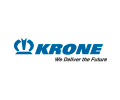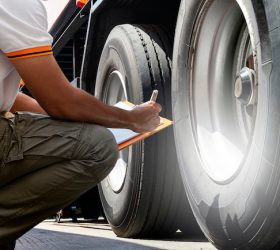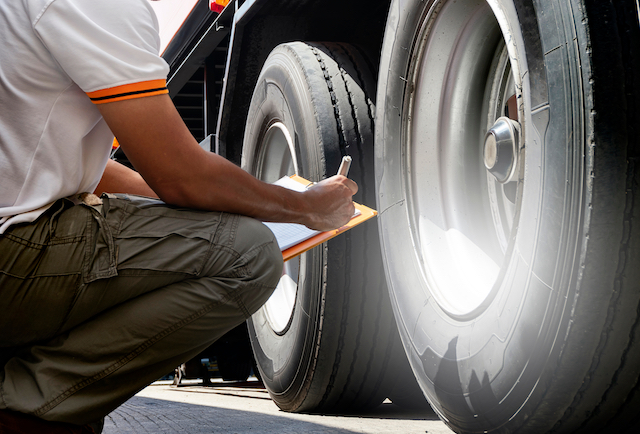While the vehicle walk around check may seem like a mundane task, its importance should never be under-estimated. By taking the time to carry out just a few simple checks, including an assessment of tyre condition, commercial vehicle drivers can greatly reduce the risk of breakdowns and improve safety on the roads.
 Steve Howat, General Manager Technical Services, at Continental Tyres says, “The walkaround check is not meant to be an in-depth inspection of everything. Drivers are not usually qualified to carry out such inspections and fleets do not expect them to be experts in this field. However, the checks are essential, in order to pick up any clear, easy to spot faults, which can then be reported.”
Steve Howat, General Manager Technical Services, at Continental Tyres says, “The walkaround check is not meant to be an in-depth inspection of everything. Drivers are not usually qualified to carry out such inspections and fleets do not expect them to be experts in this field. However, the checks are essential, in order to pick up any clear, easy to spot faults, which can then be reported.”
Daily checks should take place at the start of every shift, with trailer tyre checks done each time the driver hitches up. The walkaround check helps provide information on the state of the wheel rims, tyre inflation, tyre wear, and allows drivers to spot any visible damage including anything embedded into the tyre.
So, what should drivers be checking to ensure their tyres and wheels are safe for operation?
Cuts or damage
Howat says, “Commercial vehicle tyres can be subjected to superficial damage during their service life, which should not affect the tyre durability. However, deep cuts to either the tread or sidewall that clearly show ply exposure should be reported immediately.” Drivers should check the tyre tread and sidewall for damage such as punctures, cuts and chipping, tread separation and even torn out tread lugs or visible reinforcing cords.
Any cracks or bulges in the sidewall or tread may suggest that the tyre components have separated, usually as a result of impact damage, and must be reported immediately
Punctures or embedded objects
Nails or foreign objects that have penetrated the tyre or stones trapped between twinned wheels should be reported immediately and should not be removed by the driver.
Howat adds “Trapped objects between tyres may have already created a weak point in the sidewall and any further movement could lead to instantaneous and dangerous pressure loss. This should be dealt with by the maintenance team only.”
Stones trapped in the grooves of the tread can, and should, be removed by the driver to prevent them working through the tread rubber and into the belt structure and causing irreparable damage to the tyre.
Inflation
A simple visual check of the inflation pressure by checking sidewall deflection is a must. Howat says, “Significant deflection in the sidewall where distortion and sidewall profile shape is clearly higher than normal would indicate a grossly under-inflated tyre. If continued in service, this would cause increased flexing and heat build-up, ultimately compromising the tyre’s structural integrity and leading to premature tyre failure.” Drivers should use the manual check feature on their Tyre Pressure Monitoring System, if their vehicle has one fitted.
Wheel Rims
Here, drivers are looking for any buckling or other obvious signs of damage. Drivers should check to make sure there are no cracks, especially around the fixing holes, missing wheel nuts or signs of looseness.
Wear
Drivers should also check the tread depth, using the wear indicators positioned in the tread grooves. This allows the driver to quickly check the tread is above the legal minimum tread depth. Current legislation states that commercial vehicle tyres must have a minimum tread depth of 1mm in a continuous band around the circumference of the tyre and across three-quarters of the tread width, with the tread pattern still being visible on the remaining quarter.
Howat adds, “Drivers should also check for uneven wear across the tread, flat spots and excessive sidewall scuffing. The reinforcing cords must not be exposed. Additionally, the sidewall markings must be legible on at least one side of the tyre.”
Above all, it is crucial that any concerns are reported immediately. If there is ever any doubt about a tyre’s condition, a member of the maintenance team, fleet manager or qualified tyre technician should be contacted.


.gif?rand=2088)












